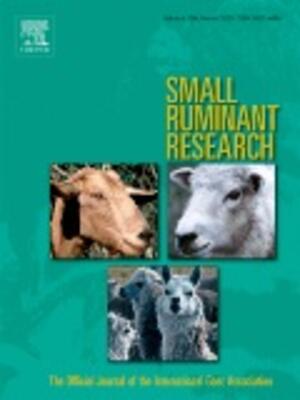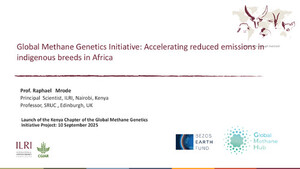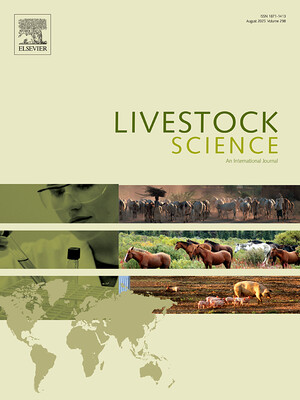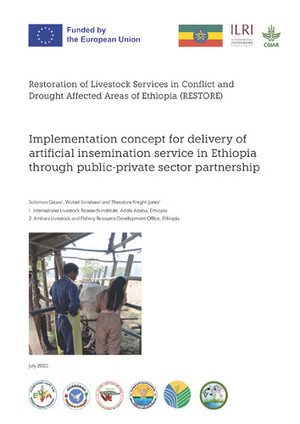
Going to scale - From community-based to population-wide genetic improvement and commercialized sheep meat supply in Ethiopia
Abstract
Community-based breeding programs (CBBPs) have shown, at pilot scale, to be effective and beneficial in achieving genetic progress and in improving livelihoods of smallholder communities. In Ethiopia 134 sheep and goat CBBPs were operational producing their own improved rams and bucks. Based on experience the implementation of further programs is possible with appropriate private and public support. A different challenge is the efficient dissemination of the improved genetics produced in current CBBPs to create population-wide economic impact. We present a framework applied to the Ethiopian Washera sheep breed to meet this challenge. We propose the establishment of a genetic improvement structure that supports a meat commercialization model based on the integration of community-based breeding program cooperatives, client communities and complementary services such as fattening enterprises. We calculated that the recently established 28 community-based breeding programs in the Washera breeding tract can provide genetically improved rams to 22% of the four million head. To reach the whole population 152 additional CBBPs are needed. We simulated the genetic improvements obtainable in the current 28 CBBPs assuming realized genetic progress in CBBPs of a similar breed and calculated the expected additional lamb carcass meat production after 10 years of selection to be 7 tons and the accumulated discounted benefit 327 thousand USD. These benefits could be increased if the CBBPs are linked to client communities by providing them with improved rams: additional meat production would be 138 tons with a value of 3,088 thousand USD. The total meat production of the existing Washera CBBPs was calculated at 152 tons and the joint meat production of CBBPs if integrated with client communities would be 3,495 tons. A full integration model, which includes enterprises purchasing lambs for fattening, can produce up to 4,255 tons of meat. We conclude that Washera CBBPs cooperatives can benefit from a higher level of organization to produce population-wide genetic improvement and economic benefits. Unlike in the dairy and chicken industries, for low input sheep and goat smallholder systems the proposed commercialization model puts breeder cooperatives at the center of the operation. Cooperatives need to be capacitated and supported to become fully functional business ventures.
Citation
Mueller, J., Haile, A., Getachew, T., Santos, B., Rekik, M., Belay, B., Solomon, D., Yeheyis, L. and Rischkowsky, B. 2023. Going to scale - From community-based to population-wide genetic improvement and commercialized sheep meat supply in Ethiopia. Frontiers in Genetics 14:1114381.










